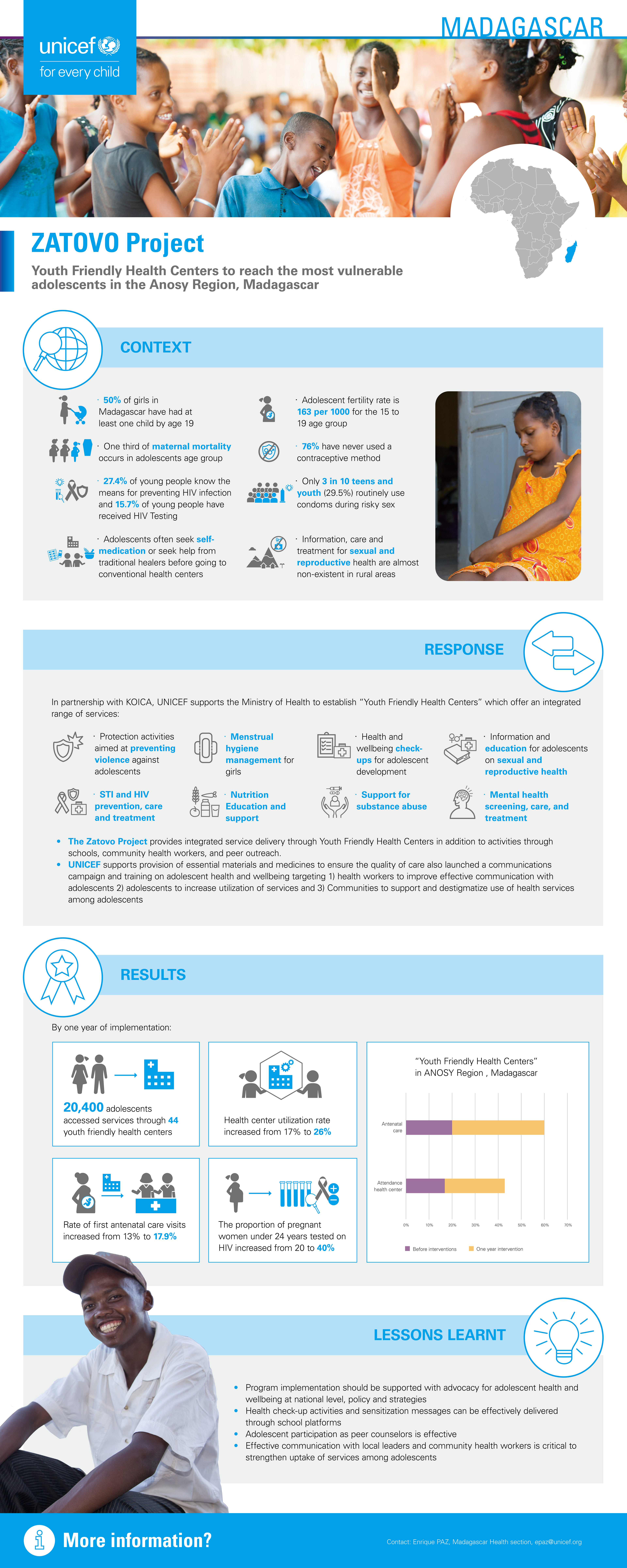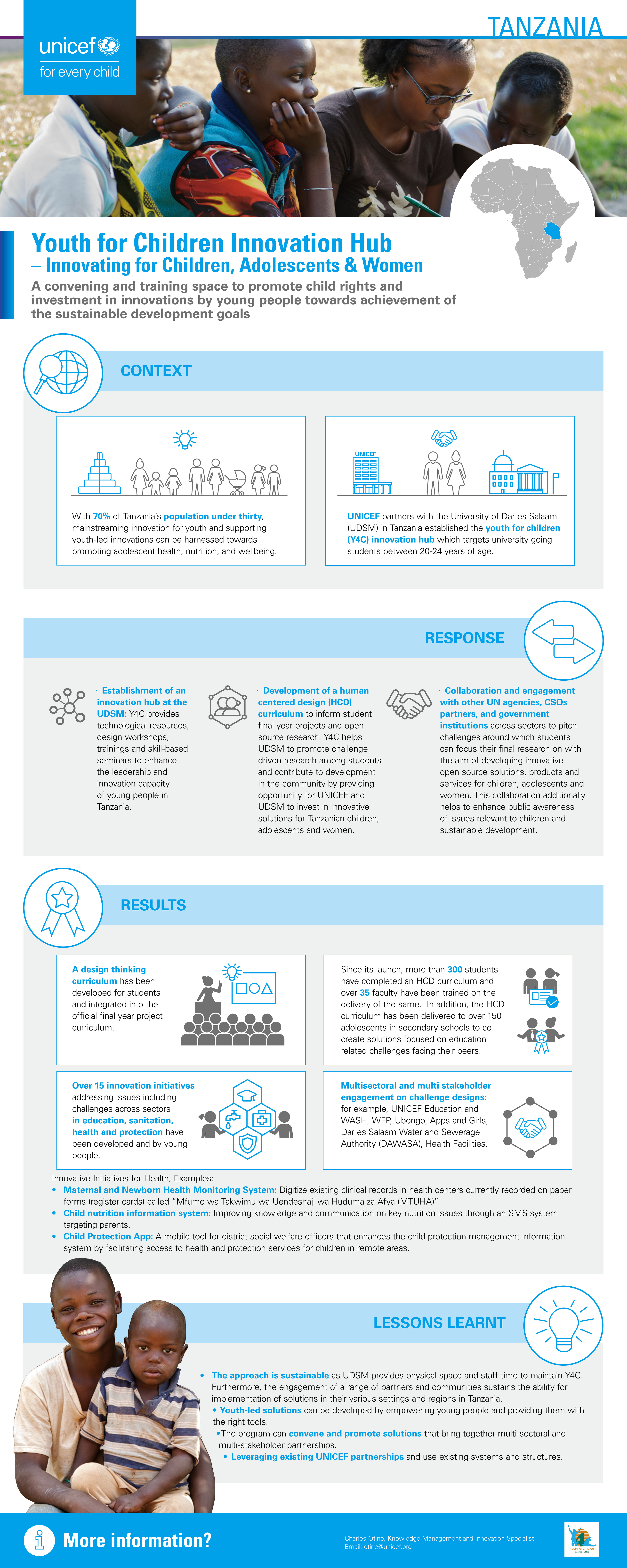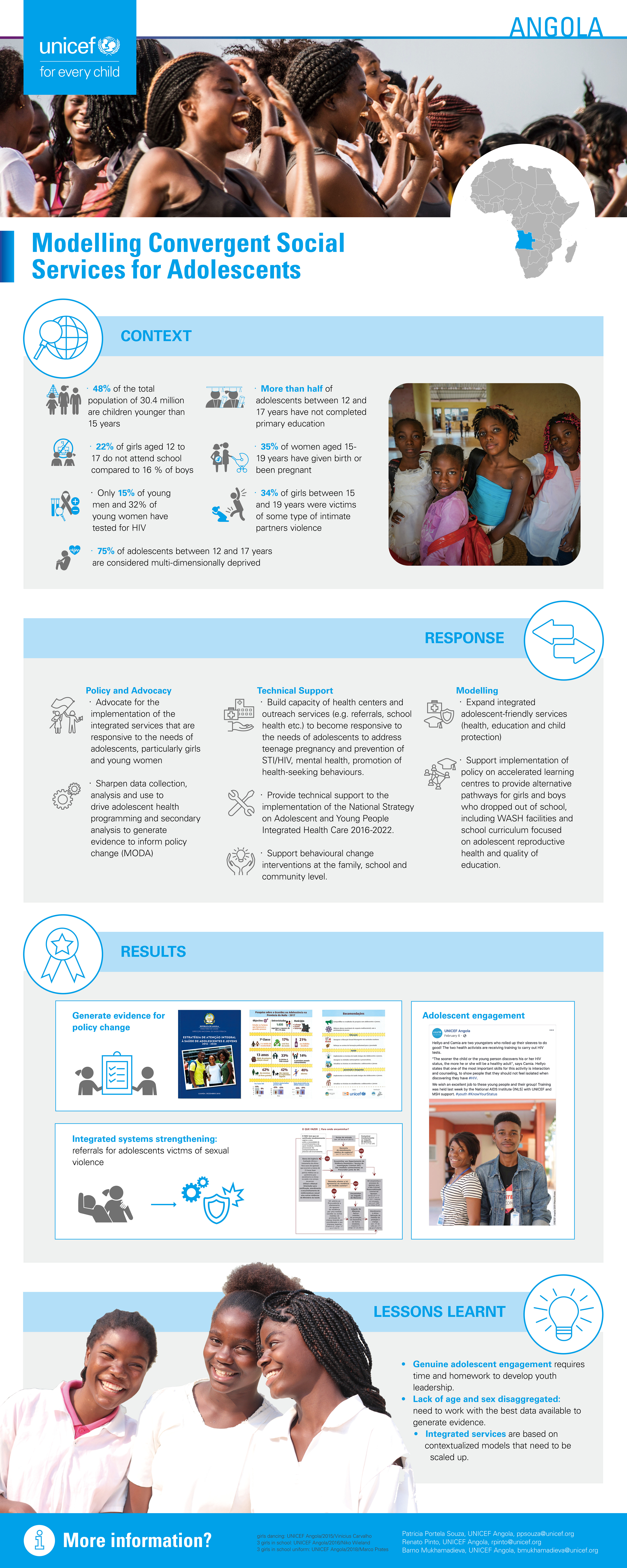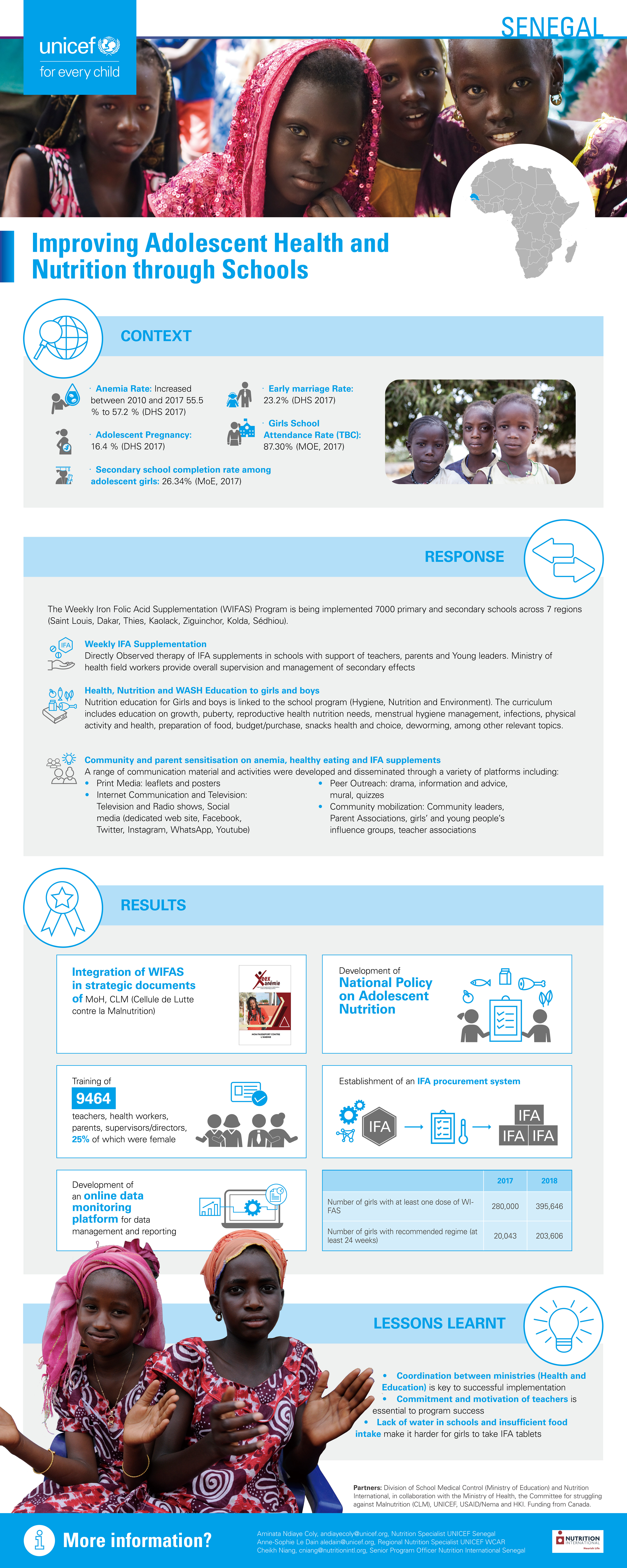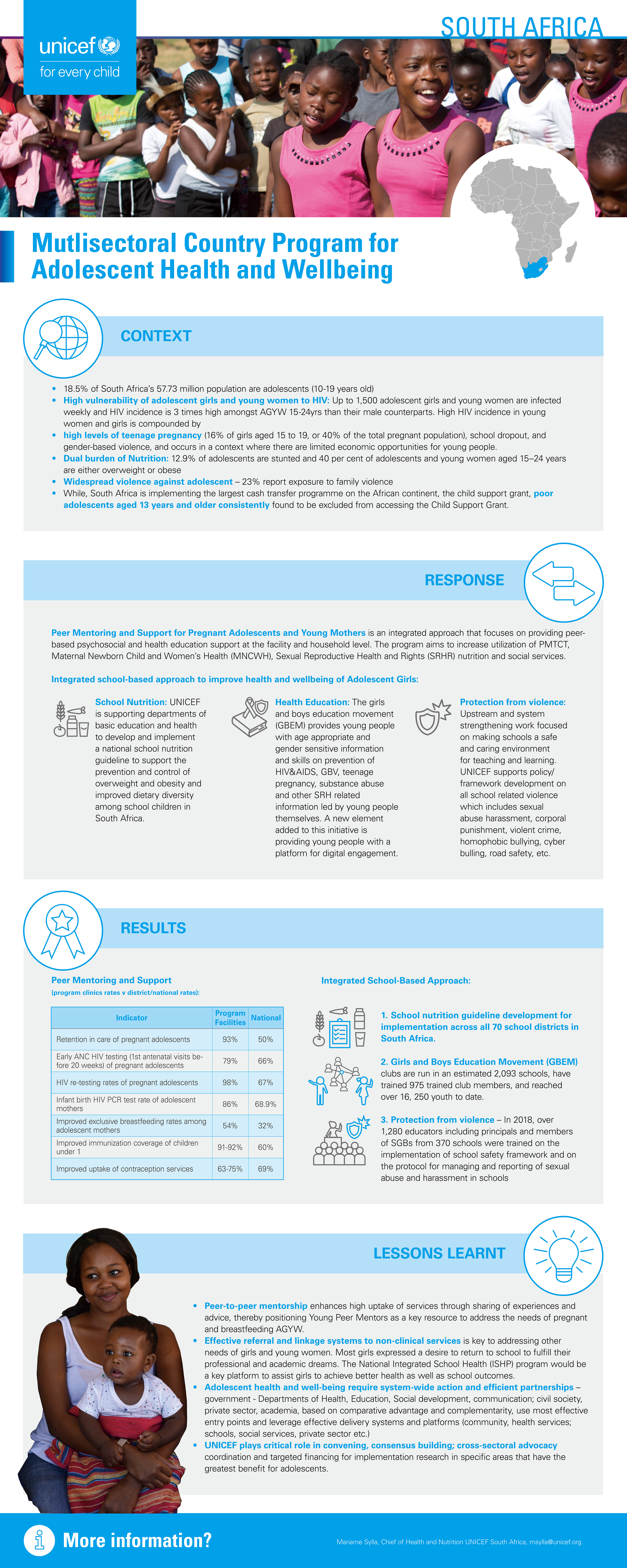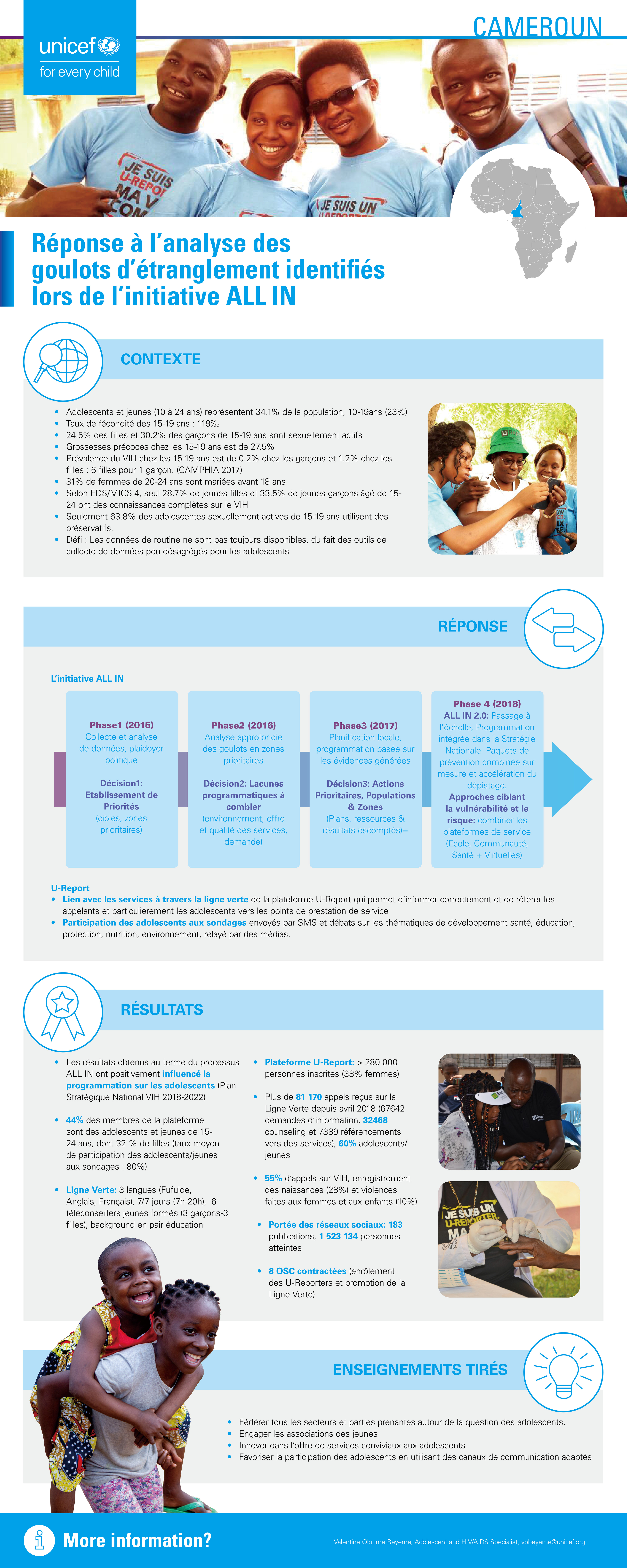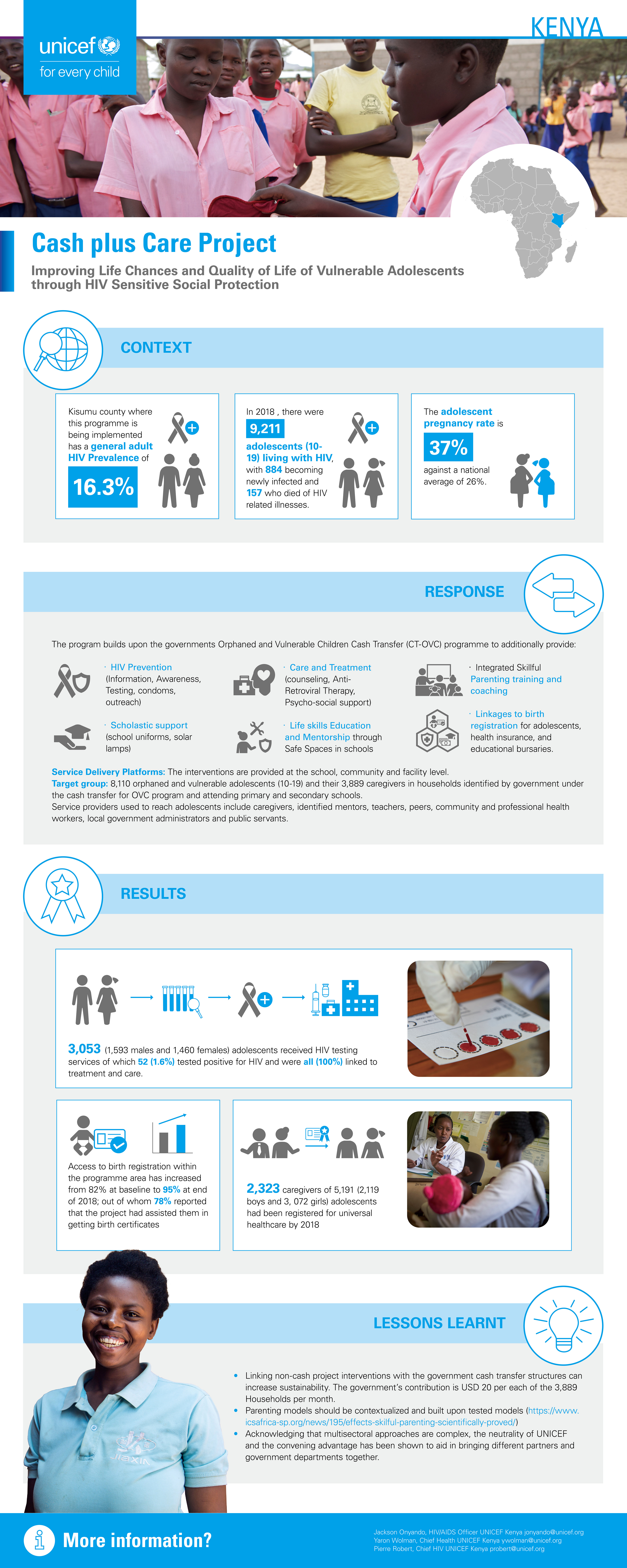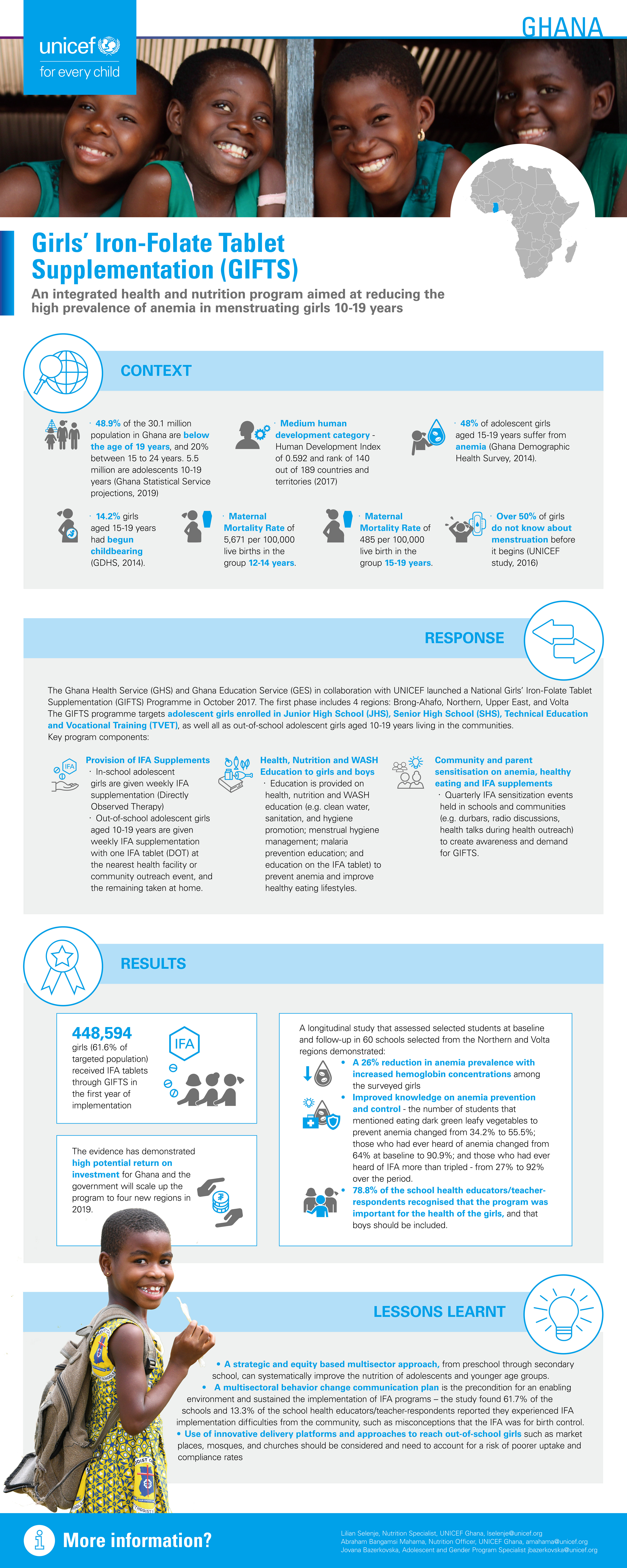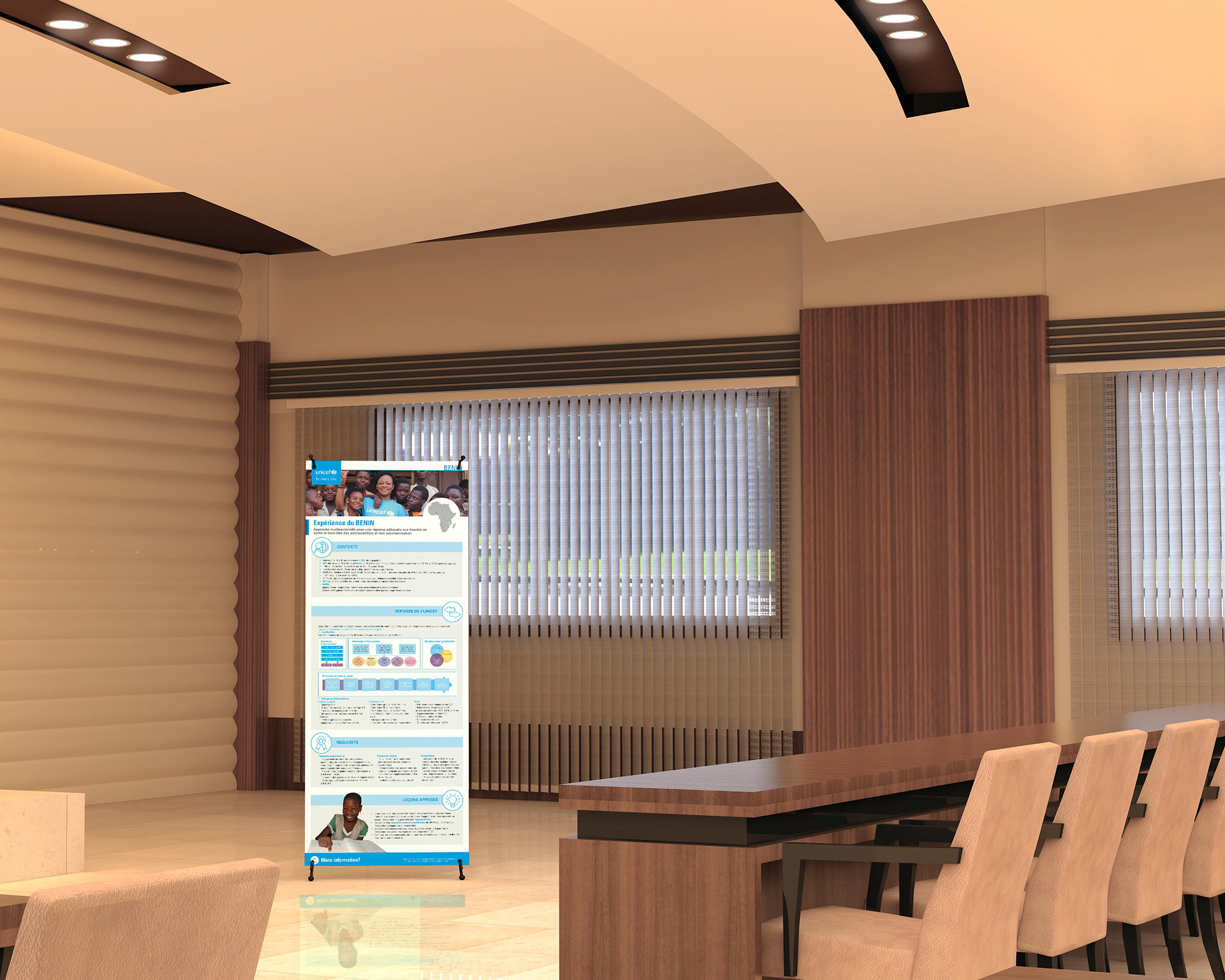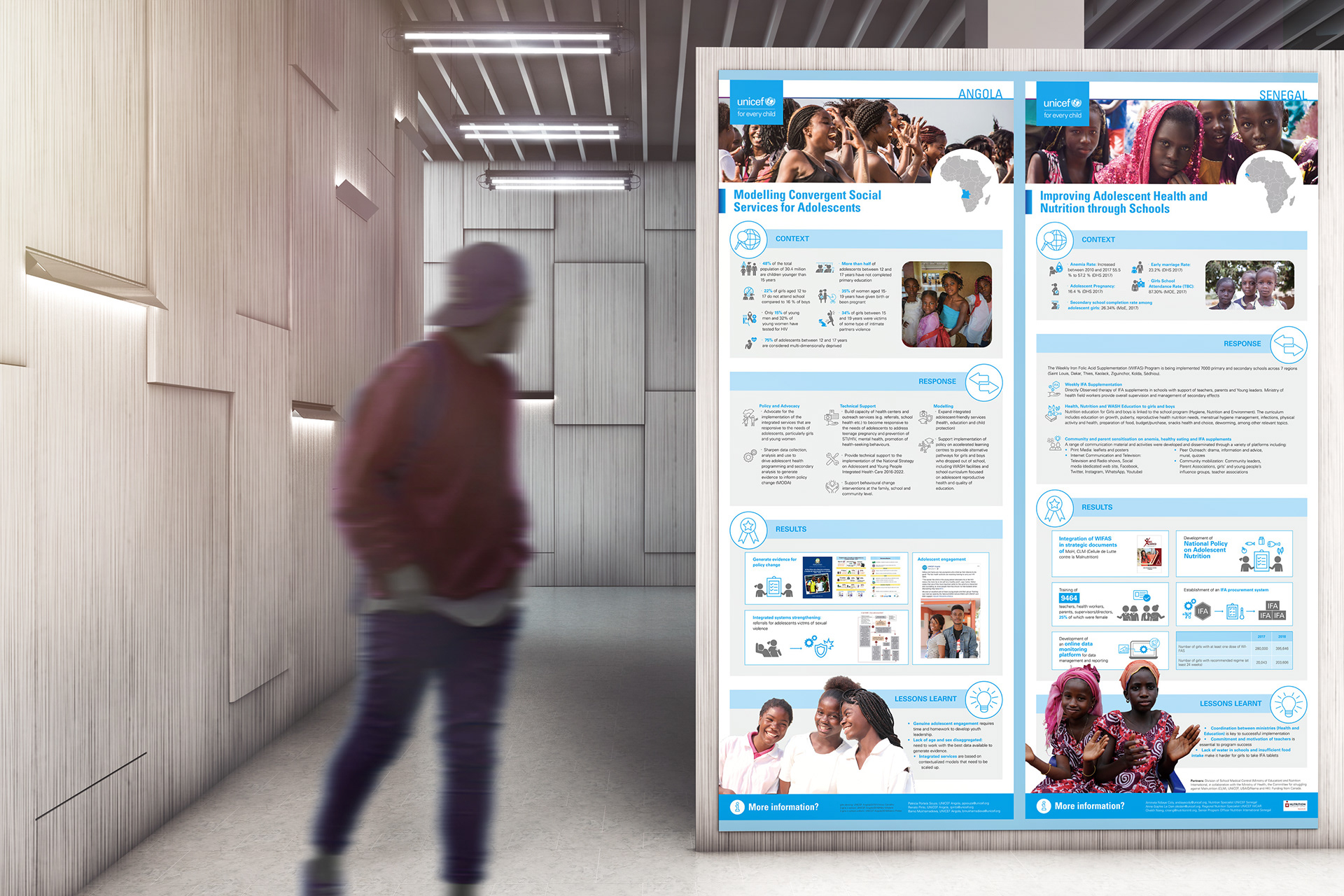Introduction:
To advance the partnership goal of improving adolescent health and well-being, UNICEF in partnership with BMGF, under the Adolescent Health and Well-Being Working Group of the UNICEF-BMGF partnership, hosted a 2-day symposium on May 8-9, 2019 in Dakar, Senegal. The Symposium will follow May 2-7 partnership events in Dakar, bringing together UNICEF and BMFG staff at the HQ, Regional and Country level to stimulate conversation on how adolescent health, nutrition, and wellbeing (AHNW)1 in Sub-Saharan Africa can be improved through enhanced multisectoral collaboration.
The objectives of the symposium are to:
1. Initiate dialogue between UNICEF and BMGF staff to advance the learning-to-action agenda
2. Showcase UNICEF multisectoral programs, and discuss BMGF-supported programs, aimed at improving AHNW outcomes in Sub-Saharan Africa
3. Examine how UNICEF and BMGF supported countries are developing, implementing, and monitoring multisectoral programs for AHNW
4. Identify critical implementation research gaps and regional opportunities for strengthening multisectoral responses to AHNW
Background:
There are currently 1.2 billion adolescents, which make up 16% of the world’s population, and nearly 90% are living in low and middle-income countries. Given that the physical, mental, and social wellbeing of adolescents are influenced by interrelated social, environmental, and economic factors, there is increased recognition that multisectoral and integrated responses are needed. However, while there is global and national consensus on the imperative for a multisectoral response to AHNW, significant questions remain about how these approaches might work and what it entails. The successes and challenges of different countries in driving multisectoral efforts to improve AHNW provide critical and practical guidance which merit greater analysis and dissemination. The UNICEF-BMGF Adolescent Health and Well-Being Working Group intends for this symposium to serve as an opportunity to initiate discussions that can strengthen practice-based learning, leveraging both UNICEF and BMGF’s experience and comparative advantages.
Creative Techniques:
Eleven posters with infographics were designed for those engaged UNICEF country offices to present their multisectoral AHNW programming information. Adobe tools including Adobe Illustrator and Adobe Photoshop were used to created multiple visual elements such as charts, diagrams, infographics, maps and photographs to achieve better data visualization outcomes. With the purpose of education and storytelling, this data visualization design can help the audience highlight the key information quickly. To deliver the consequence briefly and clearly, each poster were designed with a layout that consists of four main sections: Background, Response, Results and Lessons Learnt. Adobe Indesign was used to establish and create the layouts consistently so as to conveys the non-profit organization's message and ideas in a more organized and appealing way.
Outcomes:
With their high quality data visualization design, these country presentation posters have achieved a great sensation in Senegal and successfully helps the non-profit organization to promote themselves and influence more people. The posters showcased the quality country level multisectoral AHNW programming led by UNICEF during the symposium, and were exhibited to the public in a gallery afterwards. Many country offices, organizations, and even individual persons contacted the host, requesting copies of these posters that can be taken home. The host finally decided to print more copies and deliver to the public, so that the information and knowledges can spread more widely and influence more groups and people.


